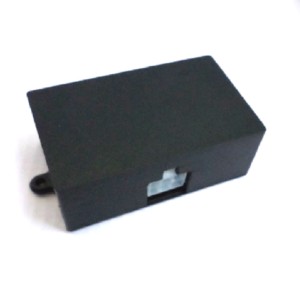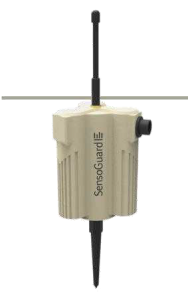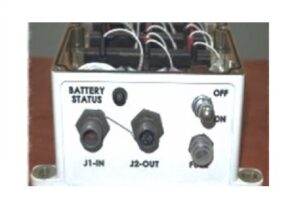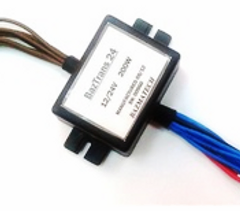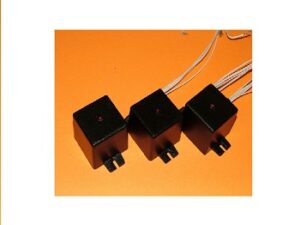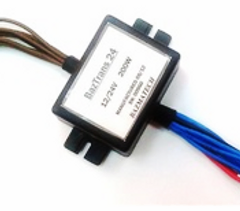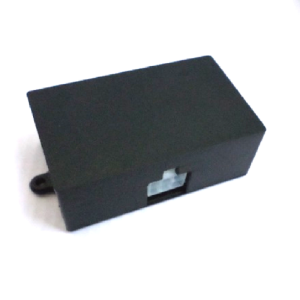Comparison table between the standard led load resistor and our smart electronic dummy load module
Why is it necessary to install load resistors when replacing turn signals and parking lights in cars with LEDs ?
When incandescent bulbs in a car are replaced with LEDs, the vehicle’s on-board computer may generate an error or “bulb out” warning. This happens because LEDs use much less power (draw less current) than traditional bulbs, and the vehicle’s detection system is designed to identify a burnt-out bulb by monitoring circuit resistance or current draw.
The Technical Reason
– Most vehicle lighting circuits are designed to expect the higher current draw of incandescent bulbs.
– LEDs have much lower current draw, so the car’s Body Control Module (BCM) or CAN Bus system interprets this as a sign that the bulb has failed or is missing.
Solutions
CAN Bus-Compatible LED Bulbs : These have built-in resistors or circuitry to mimic the load of an incandescent bulb, often solving the error for most vehicles.
External Load Resistors: Attaching a resistor in parallel with each LED bulb increases the current draw, “tricking” the system into thinking a normal bulb is installed.
– For typical turn signal or brake applications, a 6-Ohm, 50W resistor is common.
– Load resistors must be securely mounted to a metal surface due to heat generation during operation.
– LED-Compatible Relays/Modules: In some vehicles, upgrading the flasher relay or control module to one that’s designed for LED lighting can eliminate error codes and hyperflashing issues.
Safety Note
Load resistors will become hot during use, so they should be positioned away from heat-sensitive wiring and components.
Replacing incandescent bulbs with LEDs improves efficiency and lifespan, but can require these extra steps to ensure error-free operation and proper system functionality in modern vehicles.
Our Development and User Experience for Smart load module for LED - replacing standard load resistor
Smart modules for LED indicators have been developed for years of experience supplying electronic equipment to manufacturers and bus users, trainers and trucks. This development was carried out in close cooperation with large bus manufacturers considering the drawbacks of existing decisions in the market. Our modules have been used by bus manufacturers for over 10 years.
